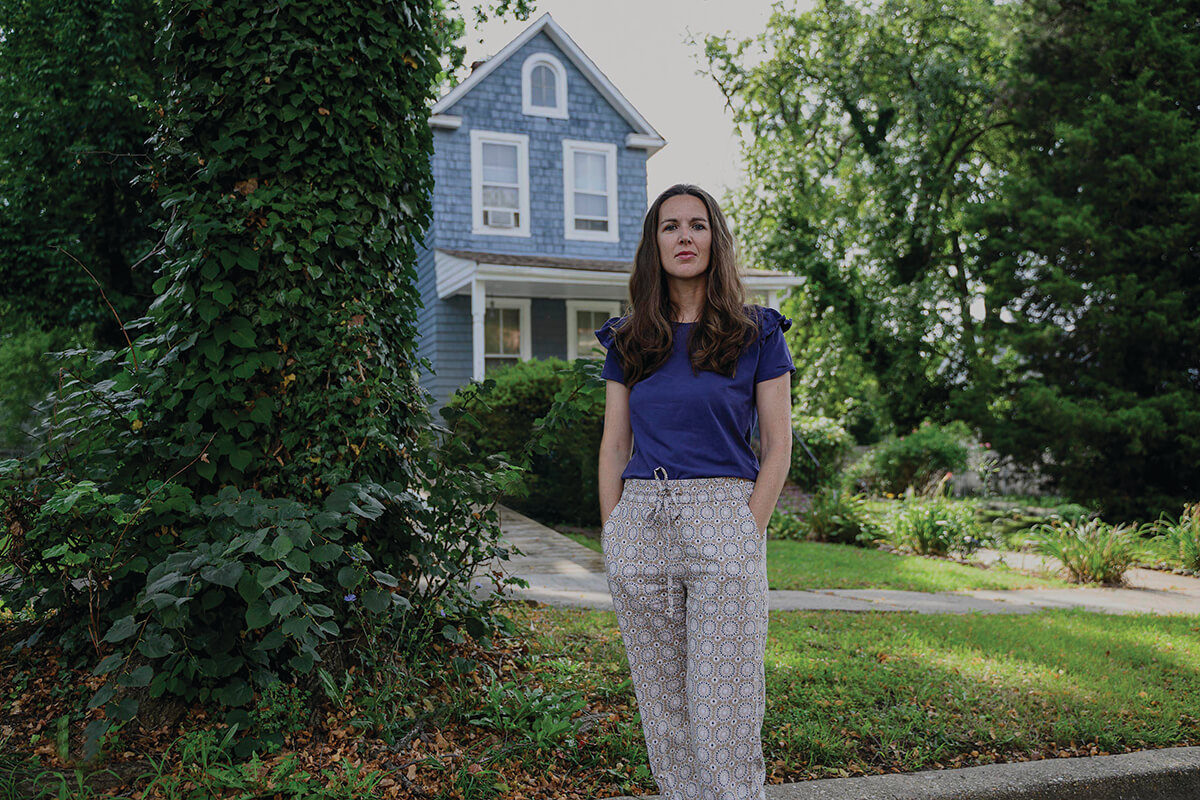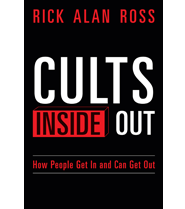My Childhood in a Cult: Growing Up in a Controversial Baltimore Religious Community
Published By admin

Barefoot girls hold a ribbon and loop around a maypole. Some, styled as the “Little Lambs,” dance for the hundreds gathered at the 15-acre Timonium estate known as The Farm. There are pony rides, potato-sack races, even a live band as people celebrate the end of history.
In faded photographs of the community, I see people who are trying to live their lives halfway to heaven. But that isn’t quite right. We were actually trying to bring heaven into this world. Along with others in the broader Catholic charismatic renewal, we believed that the Holy Spirit was pouring out right before our eyes. Because of our faithfulness, we were witnessing the breakthrough of the kingdom.
I was born into the Lamb of God, one of the dozens of covenant communities to take root in the 1970s when the charismatic renewal first swept the nation. Perceiving the American Catholic Church to be in a state of spiritual decline, Marylander Dave Nodar, his wife, Cheryl, Father Joe O’Meara, and a few others envisioned a kind of New Jerusalem in Charm City. They settled on the Westgate and Rock Glen neighborhoods off Edmondson Avenue on the City/Catonsville line. By the late 1980s, approximately 250 families occupied the two-story homes in those neighborhoods or on their periphery.
From the start, leaders encouraged Lamb of God’s members to eschew the modern world. Families were to limit television, secular news reading, even charity work. In Nodar’s view, offered to The Baltimore Sun in 1984, do-gooders meant well, but they “tended to fall into Marxism.” It was better to focus on one’s soul and the group than to become involved in “humanist” causes.
Content retrieved from: https://www.baltimoremagazine.com/section/community/growing-up-in-lamb-of-god-cult-baltimore/.






